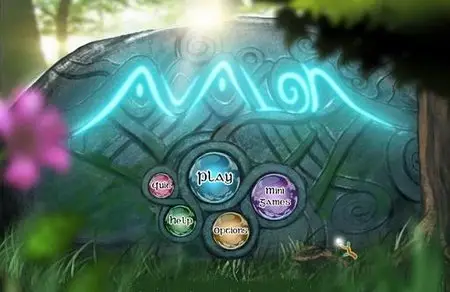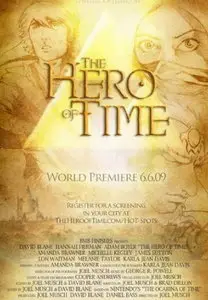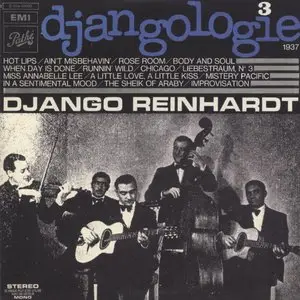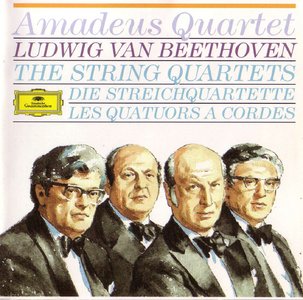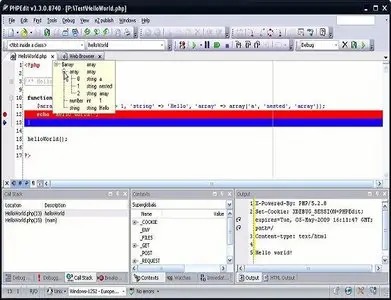| Su | Mo | Tu | We | Th | Fr | Sa |
|---|---|---|---|---|---|---|
| 27 | 28 | 29 | 30 | 31 | 1 | 2 |
| 3 | 4 | 5 | 6 | 7 | 8 | 9 |
| 10 | 11 | 12 | 13 | 14 | 15 | 16 |
| 17 | 18 | 19 | 20 | 21 | 22 | 23 |
| 24 | 25 | 26 | 27 | 28 | 29 | 30 |
| 31 | 1 | 2 | 3 | 4 | 5 | 6 |
Attention❗ To save your time, in order to download anything on this site, you must be registered 👉 HERE. If you do not have a registration yet, it is better to do it right away. ✌

What’s in a name? More than you think.
Your name isn’t just a label – it’s a vibe, a map, a story written in stars and numbers.
At KoalaNames.com, we’ve cracked the code behind 17,000+ names to uncover the magic hiding in yours.
✨ Want to know what your name really says about you? You’ll get:
🔮 Deep meaning and cultural roots
♈️ Zodiac-powered personality insights
🔢 Your life path number (and what it means for your future)
🌈 Daily affirmations based on your name’s unique energy
Or flip the script – create a name from scratch using our wild Name Generator.
Filter by star sign, numerology, origin, elements, and more. Go as woo-woo or chill as you like.
GEO - January 2010 (N°276)
Date: 9 Jan 2010 23:55:16
GEO is a family of educational monthly magazines. The first edition appeared in Germany in 1976. Since then, the magazine has been published in Bulgaria, Croatia, Czech Republic, Estonia, Finland, France, Greece, Hungary, India, Italy, Japan, Korea, Lithuania, Latvia, Romania, Russia, Slovakia, Slovenia, Spain, Turkey and the United States. The current circulation figure in France and Germany is over 500,000.
Yamicsoft Vista Manager v4.0
Date: 9 Jan 2010 23:53:08
Yamicsoft Vista Manager v4.0 | 9.76 MB
Vista Manager is a system utility that helps you optimize, tweak, and clean up Windows Vista. It will increase your system speed, improve system security, and meet all of your expectations. Windows Vista is the new Operating System for home users and professionals alike. Windows Vista brings clarity to your world, so you can more safely and easily accomplish everyday tasks and instantly find what you want on your PC. Vista Manager is the powerful software tool to tweak and optimize your Windows Vista, it bundles more than 30 different utilities in one and help your system faster and more stable, secure and personal!
Avalon v1.0.0.0
Date: 9 Jan 2010 23:49:48
Avalon v1.0.0.0 | 98.59 MB
Play the role of the Fairy Queen that’s responsible for Avalon’s garden. Manage the fairy realm in order to transform Avalon form a desolated island to an enchanted garden. Determine what’s best for your domain and resolve tasks that will lead you to complete your mission.
Beethoven, Complete String Quartets - Amadeus Quartet 7CD
Date: 9 Jan 2010 23:35:30
Beethoven, Complete String Quartets - Amadeus Quartet
Stereo | 7 CD | EAC Rip | APE (tracks) | NO LOG | Booklet | 2.2 Gb | RAR 3% Rec.
Label: Deutsche Grammophon | 423 473-2 | 1962
Classical - Viennese School
Stereo | 7 CD | EAC Rip | APE (tracks) | NO LOG | Booklet | 2.2 Gb | RAR 3% Rec.
Label: Deutsche Grammophon | 423 473-2 | 1962
Classical - Viennese School
The untimely death of Peter Schidlof on 15 August 1987 resulted not only in the loss of a great violist: it also marked the end of an era in which, for almost 40 years, the Amadeus Quartet was one of the leading chamber music ensembles in the world. Together in the same formation for a longer time than any other string quartet, the four Amadeus members - Norbert Brainin, Siegmund Nissel, Peter Schidlof and Martin Lovett - were close both as musical colleagues and as friends in private life; and this artistic "marriage", born out of a special fate which brought the Amadeus together after the War, could not survive the loss of one of its partners. They had always agreed that if any member could no longer play, for whatever reason, the Quartet would not continue; and the cellist Martin Lovett expressed what his colleagues clearly fell when he said, "Peter is simply irreplaceable". Indeed, it would be impossible for anyone to take his place without completely changing the sound and character of the ensemble. The quality of their playing was marked by a unique sonority and homogeneity, which derived from a common "schooling" with the great violinist and teacher Max Postal. It had a flexibility that could shape a phrase for its full expressive, emotional effect: yet the members of the quartet each projected very individual and contrasting musical personalities.
WaterProof PHPEdit v3.4.6.9729
Date: 9 Jan 2010 23:25:49
WaterProof PHPEdit v3.4.6.9729 | 54 MB
PHPEdit is an integrated development environment specialized for PHP, the most popular web scripting language in the world. PHPEdit integrates all the tools you will need to carry out your web application projects. Whether you are a student learning the technology, or a veteran professional with a skilled team, PHPEdit will bring the best out of you by increasing your efficiency and by making your life easier.
Anthony Phillips - Private Parts & Pieces V 'Twelve' (1985)
Date: 9 Jan 2010 23:21:06
Anthony Phillips - Private Parts & Pieces V 'Twelve' (1985)
EAC Rip | FLAC, IMG+CUE, LOG | 362 MB | 64,58 min | Scans
Label: Virgin/Blueprint | Progressive Folk, Other Style | RAR 3% Rec.
EAC Rip | FLAC, IMG+CUE, LOG | 362 MB | 64,58 min | Scans
Label: Virgin/Blueprint | Progressive Folk, Other Style | RAR 3% Rec.
Twelve is the first album with a unifying concept for Anthony Phillips' Private Parts & Pieces series, and largely follows the intimate, non-retrospective precedent set by third album Antiques, with Ant constraining himself to one instrument throughout the album and recording the pieces in one period during 1984. Contrary to what one might expect, Twelve is also one of the least accessible albums of this series. Each of the moderately lengthy compositions is played on an acoustic twelve-string guitar, which limits the album's potential for different sounds and textures that might juggle the listener's attention. Despite this constraint, it is to his credit that Phillips really demonstrates a mastery of the instrument by exploiting all the possible sounds you can get out of it in a way that might have made Michael Hedges proud: finger tapping, harmonics, picking near the bridge to create a tinny timbre, etc…




